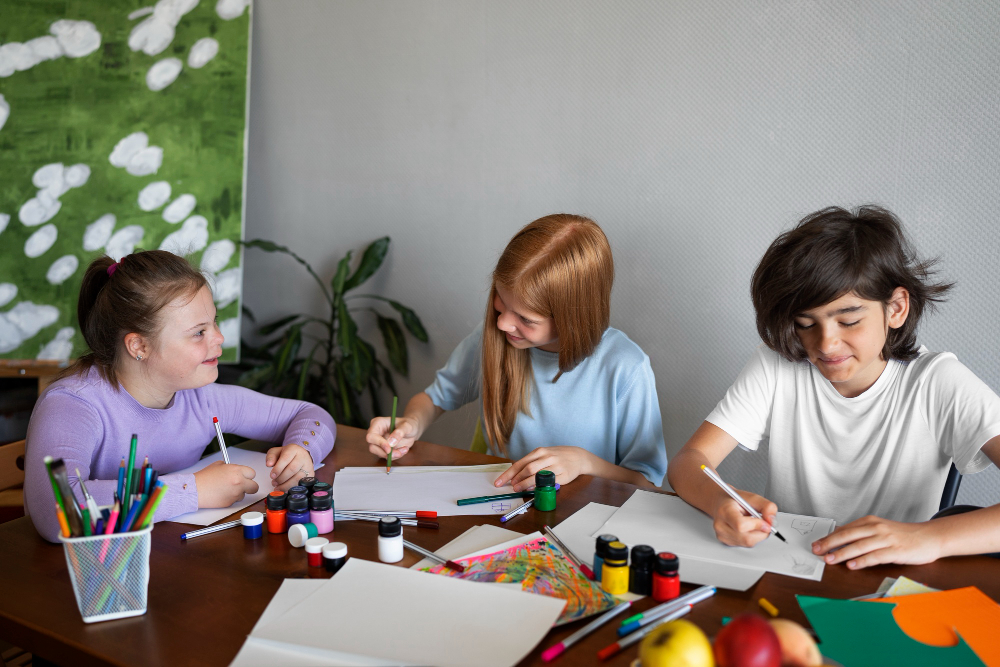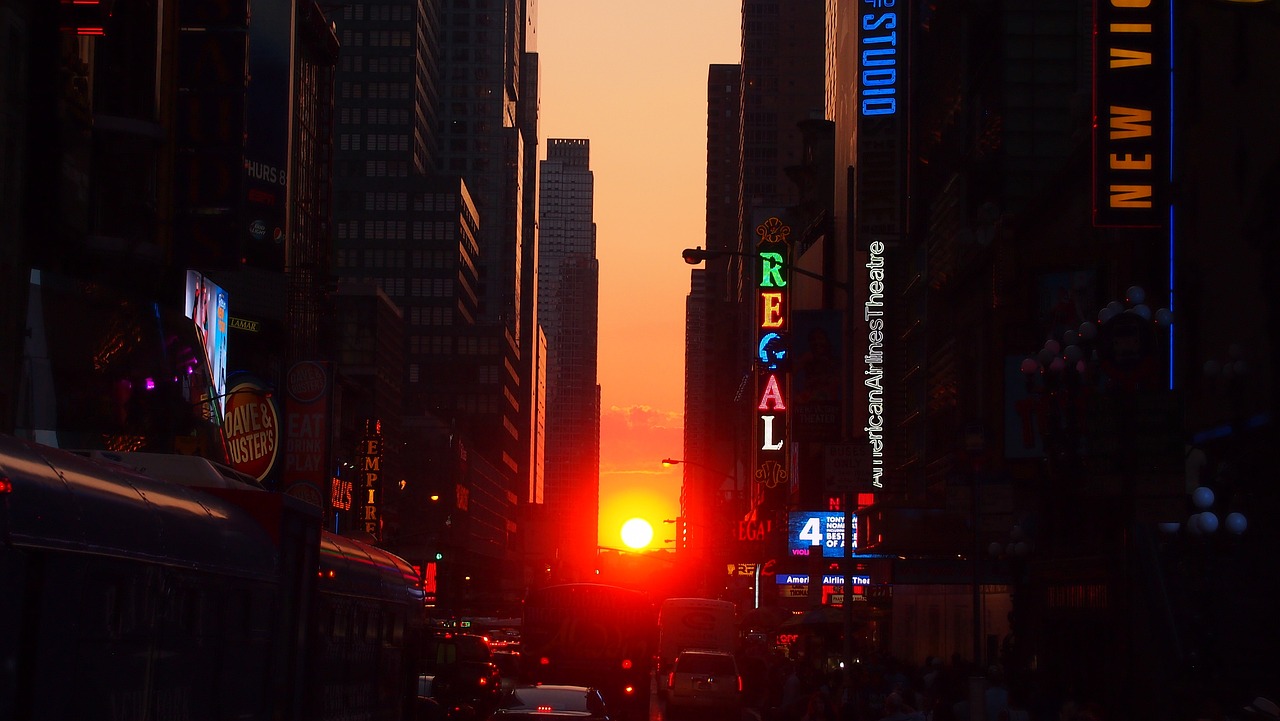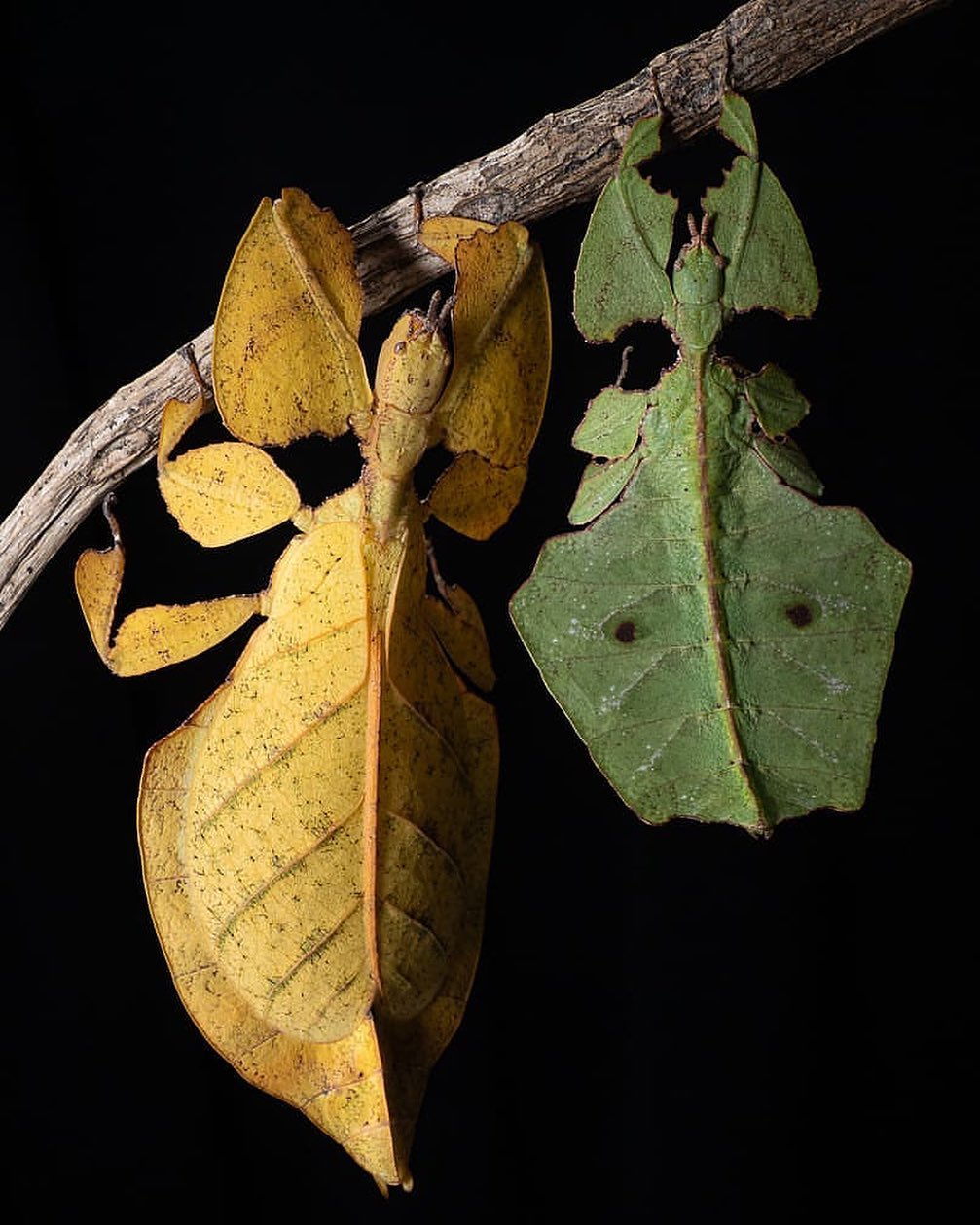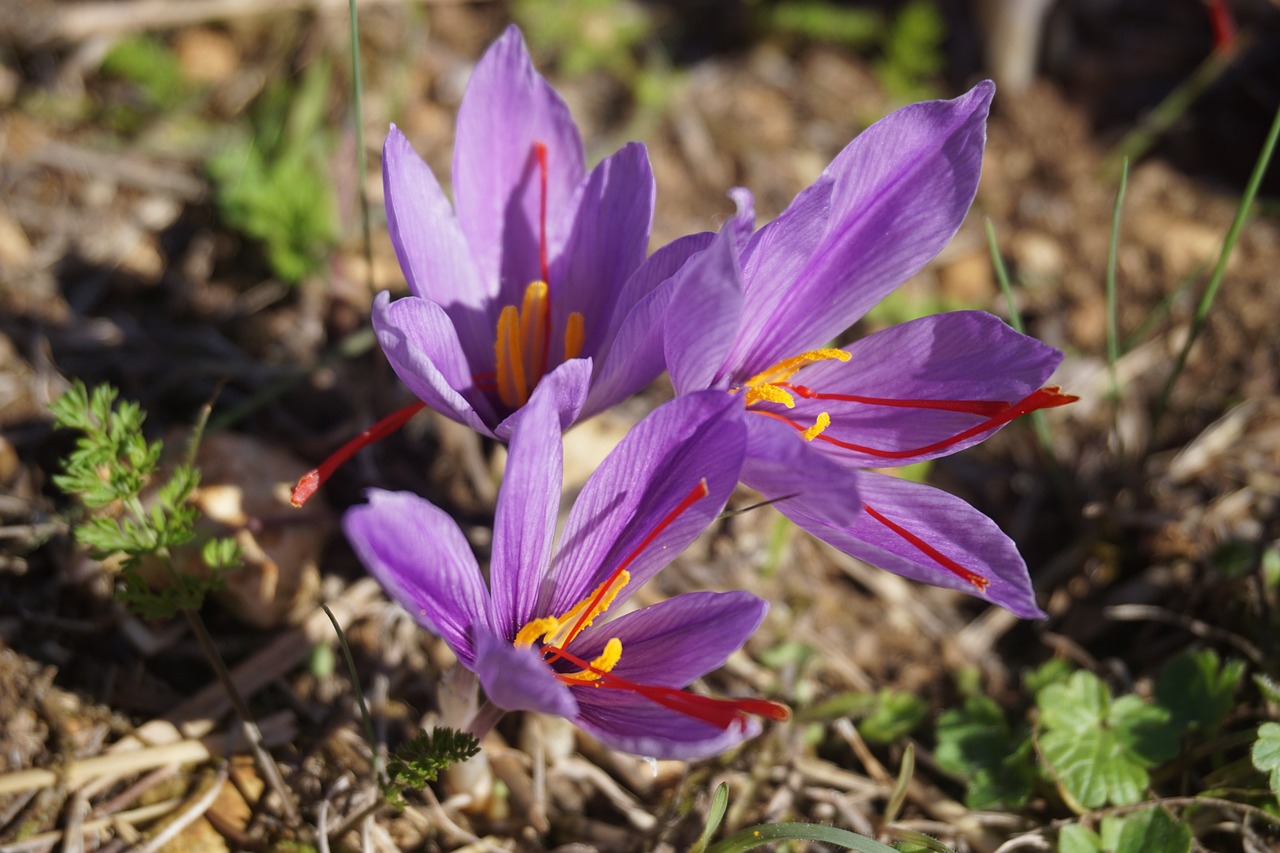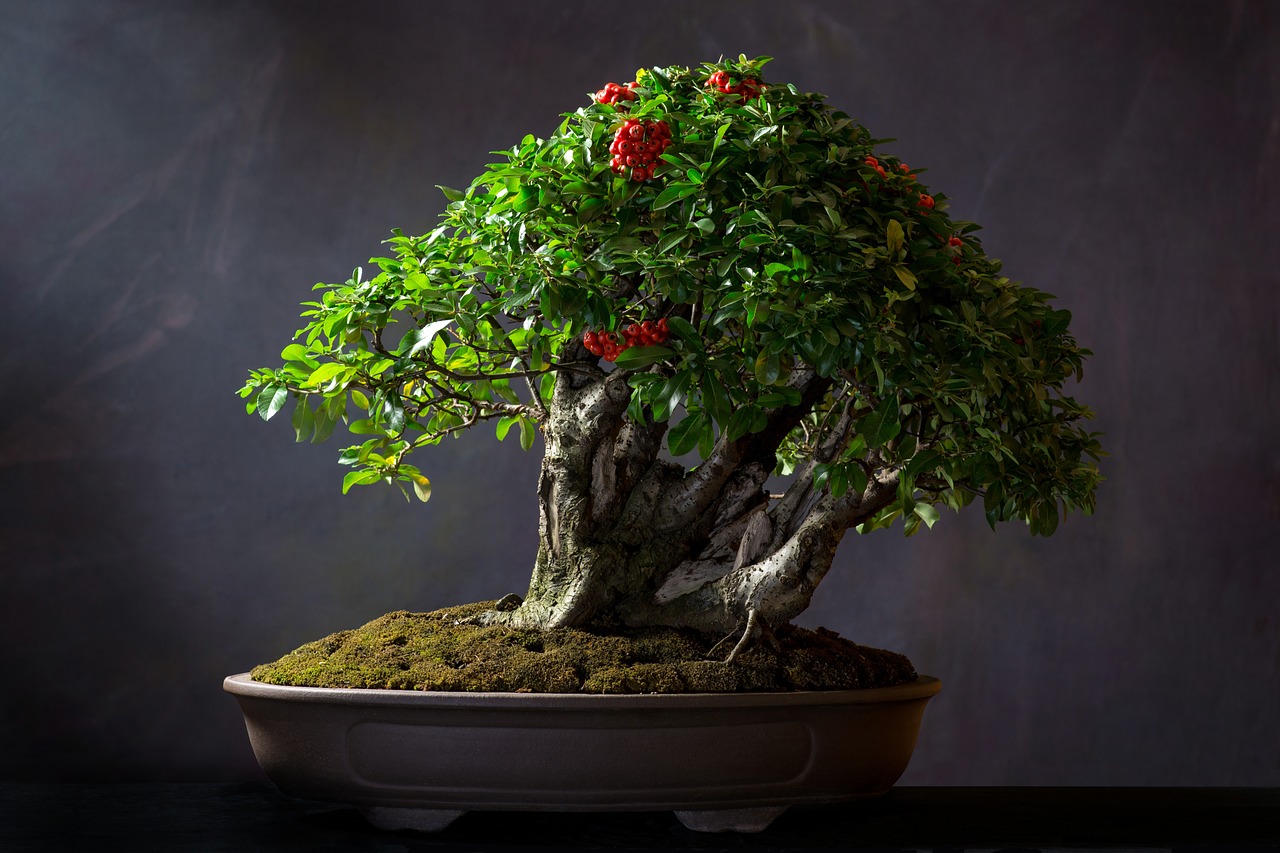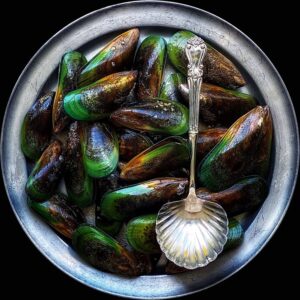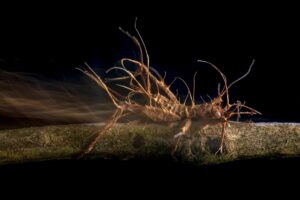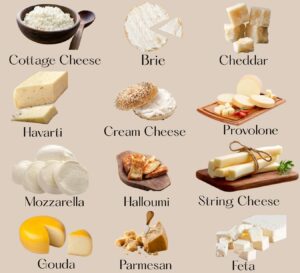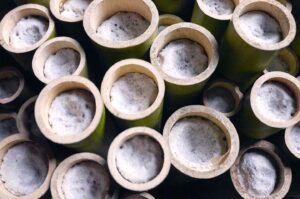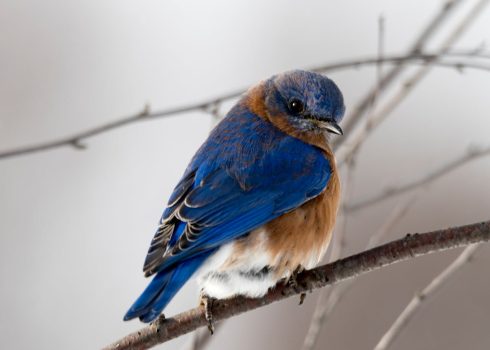 Pin
Pin Eastern Bluebird – Photo by Tina Nord from pexels
Nature has some real shape-shifters, and birds are no exception. Among the most fascinating are birds that change their colour with the seasons—real-life transformers that switch up their feathers based on the time of year. It’s not just for show. These shifts in plumage are often tied to survival strategies like camouflage, temperature regulation, or attracting a mate. Some birds go full snow-white in winter to vanish into icy landscapes, while others brighten up with bold colours just in time for breeding.
This natural phenomenon isn’t as rare as it sounds. Across the world, from Arctic tundra to suburban backyards, there are species that dramatically alter their appearance throughout the year. What’s even more surprising? Sometimes the change is so intense, people mistake them for entirely different birds. Others go through more subtle transformations—like a shift in tone, a patch of new colour, or feather tips that wear off to reveal something hidden underneath.
In this guide, you’ll meet 10 fascinating birds that change their colour with the seasons. Each one has a unique reason—and a unique look—that makes them stand out in the wild.
Table of Contents
1. Ptarmigan: The Arctic's Master of Disguise
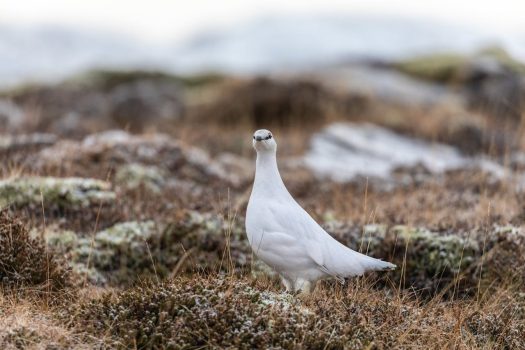 Pin
Pin Photo by Þorsteinn Friðriksson from pexels
The ptarmigan is a bird that completely transforms with the seasons, pulling off a color change that feels like pure camouflage magic. Found in the Arctic tundra and alpine regions, this bird shifts its plumage from mottled brown in summer to snow white in winter. It’s not just a subtle tint—this is a full-body costume switch that helps it hide from predators like foxes and hawks.
This ability is tied directly to survival. During warmer months, the brown feathers blend in with rocks and plants. When snow blankets the ground, their white feathers make them practically invisible. What’s wild is how smoothly they manage this change—shedding and growing feathers with each season like it’s routine.
Ptarmigans don’t just change colour—they also grow feathers on their feet in winter, kind of like built-in snowshoes. These birds that change their colour with the seasons show how finely tuned animals can be to their environment. And they look absolutely mythical in the snow.
2. American Goldfinch: Summer Yellow, Winter Muted
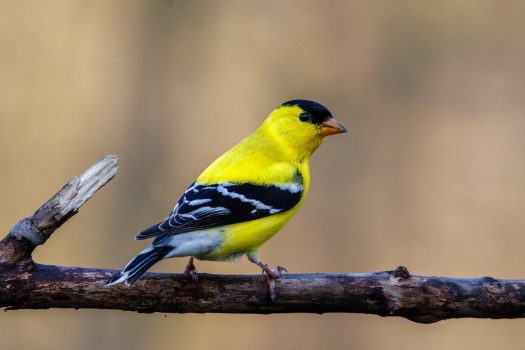 Pin
Pin Photo by Aaron J Hill from pexels
The American goldfinch doesn’t just sing a cheerful tune—it also switches up its look depending on the time of year. Males are especially showy in summer, sporting a bright lemon-yellow body with black wings and a cap. But as fall rolls in, that flashy plumage starts to fade. By winter, these birds turn a dull brownish-olive that almost makes them unrecognizable at first glance.
What’s fascinating is that this transformation isn’t a one-time event—they molt twice a year, swapping feathers in spring and fall. And this seasonal colour change isn’t just cosmetic. The brighter feathers during breeding season help males attract mates, while the toned-down winter look helps them blend into their surroundings and avoid predators.
Females also change, though less dramatically. You’ll still spot hints of yellow, but it’s more subtle. These birds that change their colour with the seasons offer one of the most noticeable transformations in North American backyards. And for bird watchers, that springtime glow-up is a sure sign that warmer days are ahead.
3. Willow Ptarmigan: The Color-Changing Survivalist
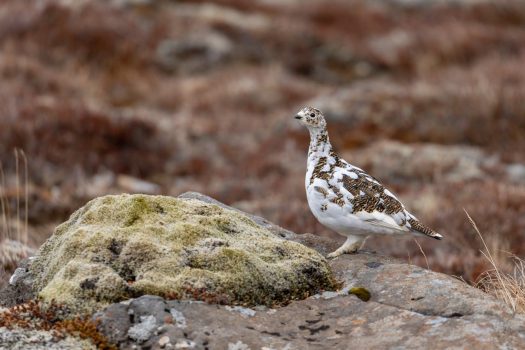 Pin
Pin Photo by Þorsteinn Friðriksson from pexels
A close cousin of the rock ptarmigan, the willow ptarmigan lives in some of the harshest northern climates, yet it thrives thanks to its seasonal wardrobe. In the summer, these birds sport a mix of brown, black, and rust-colored feathers that blend right into the mossy tundra. Come winter, they become almost ghost-like—pure white with just a hint of black on the tail. It’s not a subtle change, it’s a complete transformation.
This switch isn’t just about looking pretty. It’s a calculated defense mechanism. In snowy environments, predators rely heavily on sight. A pure white bird standing on snow is nearly impossible to spot, giving the willow ptarmigan a major survival edge. These birds that change their colour with the seasons are some of the best examples of camouflage working in real time.
Males keep their red eyebrow patches year-round, which helps identify them even during the winter. These flashes of colour remind us that even in survival mode, nature leaves a little room for flair.
4. Snow Bunting: The Winter-Ready Songbird
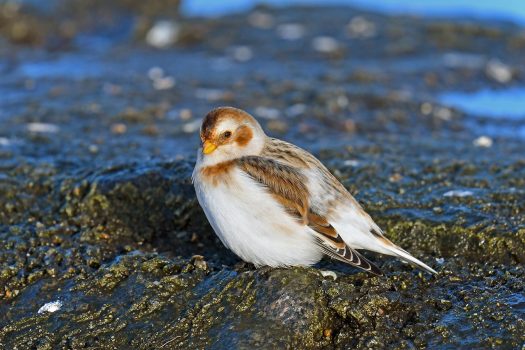 Pin
Pin Image by Georg Wietschorke from Pixabay
Snow buntings are like feathered snowflakes—built for cold and dressed accordingly. These small songbirds have a stunning seasonal transformation. During summer, males show off with crisp black and white plumage, perfect for standing out in the rocky tundra where they breed. But in winter, things change. Their feathers wear down to reveal warm brownish tones, blending seamlessly into the duller winter landscape as they migrate to southern Canada and the northern United States.
Unlike some birds that molt, snow buntings don’t grow new winter feathers. Instead, they rely on feather wear. As their outer feather tips slowly wear away, the bright white and black underneath becomes more visible—kind of like nature’s slow reveal. This gradual change is unique and shows just how clever evolution can be.
These birds that change their colour with the seasons remind us that seasonal adaptation isn’t always dramatic. Sometimes, it’s about the little things—like worn feathers revealing a perfectly timed pattern for survival and subtle beauty during cold months.
5. Scarlet Tanager: A Tale of Two Seasons
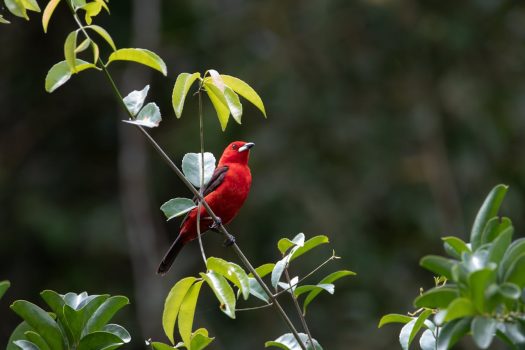 Pin
Pin Photo by Diego Fraga from pixabay
The scarlet tanager lives two visual lives—one that turns heads and one that helps it vanish. During breeding season, the male is a brilliant flash of red with jet-black wings. It’s one of the most striking birds in the eastern forests. But once the season changes, that firetruck red fades to a yellowish-green. The transformation is so dramatic that many people mistake them for a completely different species in the fall.
This seasonal switch is tied to molt, where old feathers drop and new ones grow in. The duller fall and winter plumage helps them stay safer as they migrate and blend into their South American wintering grounds. Females, on the other hand, stay greenish-yellow all year long, with slight shifts in tone depending on the season.
These birds that change their colour with the seasons are great reminders that looks serve a purpose in the wild. For the scarlet tanager, it’s about being seen when it counts—and fading into the background when it doesn’t.
6. Red Crossbill: Color that Reflects Diet and Season
 Pin
Pin Photo by Petr Ganaj from pexels
The red crossbill is one of those birds that constantly keeps you guessing. Found in conifer forests across North America, this bird doesn’t just have an odd beak that crosses at the tip—it also changes color over time. Adult males are usually red or orange, while females tend to be olive or greenish-yellow. But here’s the twist: their colour can shift not just seasonally, but depending on what they eat and how healthy they are.
During breeding season, males tend to appear brighter as they shed old feathers and grow fresh, more vibrant ones. But it’s not always a guaranteed look. The pigment in their feathers—mainly carotenoids—is influenced by what they’re eating. A poor diet leads to duller colours, even in spring.
This makes them one of the more unpredictable birds that change their colour with the seasons. They’re proof that in nature, colour can mean fitness, food availability, and timing. It’s like a live status update on their health and habitat, written right into their feathers.
7. Eastern Bluebird: Subtle Shifts with Seasonal Sheen
 Pin
Pin Photo by Tina Nord from pexels
Eastern bluebirds might not pull off a total color flip like ptarmigans, but they do undergo a noticeable seasonal transformation that bird lovers often miss unless they look closely. Males are known for their brilliant royal blue backs and warm, reddish-orange chests during the breeding season. But as fall arrives and they molt, their colours fade ever so slightly—becoming more subdued and sometimes even taking on a greyish hue.
This muted winter look isn’t a dramatic change, but it’s still an important one. As breeding winds down, there’s less need to display bright feathers, which can also make them easier targets for predators. A less flashy look in winter helps them blend better with bare trees and leafless landscapes.
These birds that change their colour with the seasons prove that not all shifts are showy. Sometimes, it’s about tone and subtlety. It’s a reminder that seasonal adaptation doesn’t always have to be loud to be effective. The bluebird’s soft palette speaks volumes about nature’s sense of timing.
8. European Starling: Speckles in Winter, Sheen in Spring
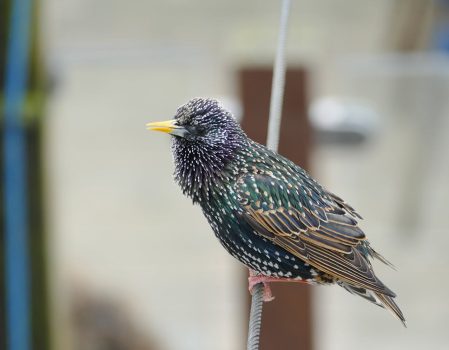 Pin
Pin Photo by Anthony from pexels
The European starling might look like an ordinary black bird at first glance, but a closer look reveals a stunning shift across seasons. In winter, starlings are speckled with white spots over a dark base, giving them a salt-and-pepper kind of appearance. As spring arrives, those white tips wear away, revealing a glossy, iridescent plumage with hints of green and purple.
The color change doesn’t come from molting, but rather feather wear—where the tips of their feathers naturally erode, uncovering the shiny new look beneath. It’s a clever system that doesn’t require growing new feathers, just letting time do the work. During breeding season, this sleek, glossy look helps them stand out and attract mates.
These birds that change their colour with the seasons are often underappreciated, but their transition from spotted to sleek is one of the most fascinating. It’s like nature revealing a second outfit underneath, timed perfectly for the warmer months when showing off has the highest payoff.
9. Common Redpoll: Cold Weather, Warm Tint
 Pin
Pin Photo by Maria Argiroudaki from pexels
Common redpolls are tiny Arctic songbirds with a surprisingly cozy aesthetic. In winter, when they’re most visible across North America and Eurasia, males often show a rosy red wash on their chest and forehead. But during the breeding season, their overall appearance becomes a bit more washed out, especially in females. While they don’t change as dramatically as some others, the depth of their red colouring does shift depending on the time of year and their hormonal cycles.
What’s interesting is that the red tones are tied to feather structure and pigmentation. As winter approaches, the fresh plumage grows in with more intense red highlights. These colours help them stand out when it’s cold and dark—possibly signaling health and vitality in frigid environments.
These birds that change their colour with the seasons may do it in a more understated way, but it still plays a critical role. For such a small bird, the redpoll’s seasonal makeover shows how even the tiniest creatures make calculated, visual decisions tied to their survival.
10. Indigo Bunting: From Brilliant Blue to Basic Brown
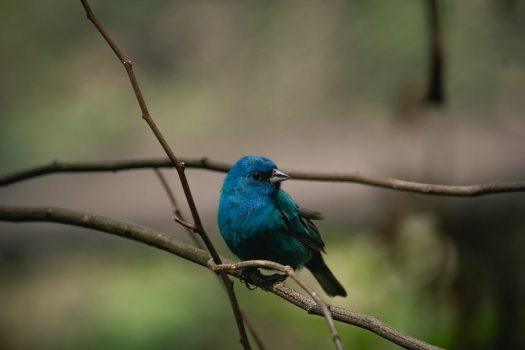 Pin
Pin Photo by Alejandro Reyes from pexels
The indigo bunting delivers one of the most striking seasonal transformations in the bird world. During spring and summer, males flaunt vibrant blue feathers that seem to glow in the sunlight. It’s not just eye-catching—it’s electric. But come fall, that dazzling blue fades away. The birds molt into a brown, streaky appearance that’s nearly indistinguishable from the females and juveniles.
Here’s the twist: the blue isn’t from pigment. It’s structural coloration—meaning light reflects off microscopic structures in their feathers to create the blue appearance. When the feathers wear down or are replaced with duller ones, the colour fades. This is all tied to the seasonal cycle of breeding, migration, and safety.
These birds that change their colour with the seasons teach us that showiness has its time. During mating season, standing out matters. In the off-season, blending in helps. The indigo bunting’s seasonal transformation is both beautiful and functional—a lesson in how appearance is never just skin deep in the natural world.
FAQs
Birds change colour with the seasons mostly for survival and mating purposes. In winter, dull or white feathers help them hide from predators by blending into snow or bare landscapes. In spring and summer, brighter colours help attract mates. It’s not about fashion—it’s about biology, safety, and reproduction. Some changes happen through molting, others through feather wear, and a few are influenced by diet.
Mostly, yes—but not always. In many species, males have more dramatic colour shifts because they use their bright feathers to attract females during breeding season. Females tend to stay muted for camouflage, especially while nesting. But there are exceptions, and in some species, both sexes show seasonal changes, just to different degrees.
They’re seasonal, so they switch back and forth throughout the year. Most birds molt once or twice annually to nge their feathers, while others rely on feather wear to reveal hidden colours over time. It’s a cycle—bright in spring and summer, dull or camouflaged in fall and winter, and back again.
Absolutely. Especially in birds like the red crossbill or even flamingos (in different contexts), pigments from their diet—like carotenoids—affect how vibrant their feathers are. A bird eating well will look more vibrant, while one with a poor diet might appear dull, even in peak season. So yeah, food literally colours their world.
Not usually in the same way. Most pet birds like budgies or parrots keep their colours year-round unless they’re molting or sick. Seasonal colour change is more common in wild species that rely on camouflage or breeding displays. City birds like pigeons might change slightly as they molt, but it’s nowhere near as dramatic as birds like ptarmigans or buntings.


